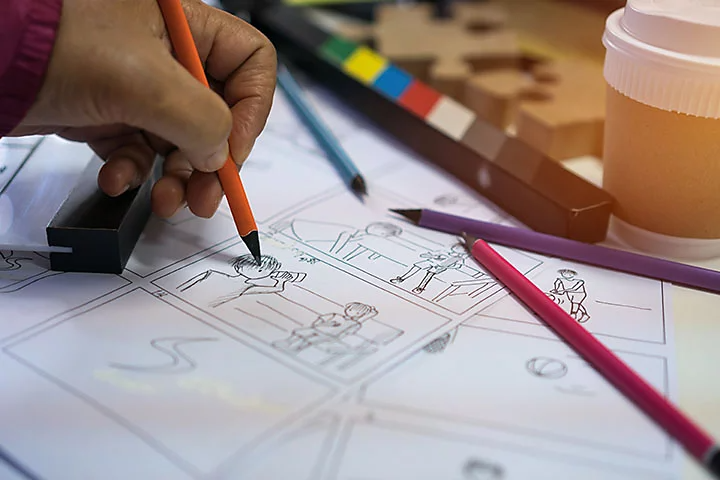Animation FEATURES
Understanding the 12 principles of animation.
The 12 principles of animation are an invaluable guide for all animators. Leading Disney staff members boiled down their approach to create the fundamentals of animation.
Here, we explore the history of these essential animation principles and look at each step in more detail.





